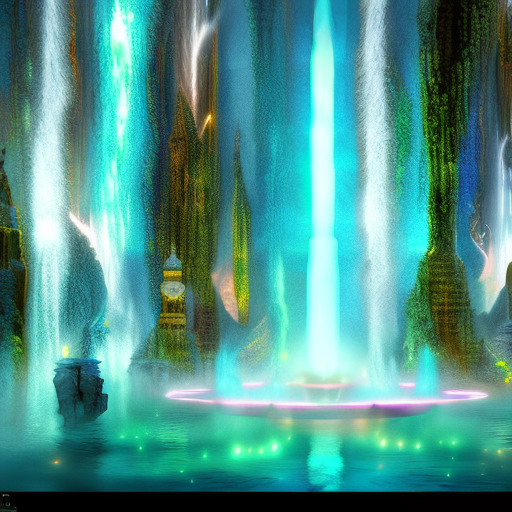Summary:
In “The Fountains of Paradise,” Arthur C. Clarke takes readers on a captivating journey into the future, where a visionary engineer named Vannevar Morgan strives to build an extraordinary space elevator on the fictional island of Taprobane. This ambitious project aims to connect Earth with a geostationary satellite, revolutionizing space travel and opening up new possibilities for humanity. As Morgan faces numerous challenges, including political opposition and technical obstacles, he remains determined to fulfill his dream and change the course of history.
Building the Space Elevator
The story begins with Vannevar Morgan, the director of the fictional organization known as the Transatlantic Communications and Gravity Control Company (Transgrav), envisioning a monumental project: constructing a space elevator. This engineering marvel would consist of a massive tower on Taprobane, reaching up to a geostationary satellite in orbit around Earth. The elevator would transport people and cargo into space, eliminating the need for costly and dangerous rocket launches.
Morgan’s vision is met with skepticism and resistance from various factions, including politicians, environmentalists, and even some of his own colleagues. However, he perseveres, gathering support from influential figures and gradually overcoming the obstacles in his path. With the help of advanced materials, such as the fictional substance “hyperfilament,” Morgan and his team make significant progress in constructing the elevator.
Challenges and Triumphs
Throughout the book, Morgan faces numerous challenges that test his resolve. He must navigate political maneuvering, deal with sabotage attempts, and overcome technical hurdles. As the project gains momentum, Morgan’s determination and ingenuity shine through, leading to several triumphs.
One of the major obstacles Morgan encounters is the need to anchor the space elevator securely to Earth’s surface. He devises a plan to use the ancient rock formation known as the “Fountains of Paradise” as the foundation for the tower. This geological marvel, located on Taprobane, provides a stable base for the elevator and becomes a symbol of human achievement.
Another significant challenge arises when Morgan must find a way to overcome the “Carter catastrophe,” a phenomenon that threatens to destroy the elevator. With the help of his team, he develops a solution that involves using a powerful laser to deflect space debris and protect the structure.
Exploring the Future
As Morgan’s space elevator nears completion, Clarke takes readers on a journey into the future, exploring the potential impact of this groundbreaking technology. The space elevator revolutionizes space travel, making it more accessible and affordable for people around the world. It opens up new opportunities for scientific research, tourism, and the colonization of other planets.
Clarke also delves into the societal implications of the space elevator, touching on themes of wealth inequality, environmental conservation, and the pursuit of knowledge. He paints a vivid picture of a future where humanity has reached new heights, both literally and metaphorically.
Key Takeaways:
- The Fountains of Paradise explores the ambitious dream of building a space elevator, revolutionizing space travel and opening up new possibilities for humanity.
- The book highlights the importance of perseverance and determination in the face of skepticism and opposition.
- Clarke delves into the societal implications of advanced technology, touching on themes of wealth inequality, environmental conservation, and the pursuit of knowledge.
“The Fountains of Paradise” takes readers on a captivating journey into the future, where human ingenuity and determination overcome obstacles to achieve extraordinary feats.












